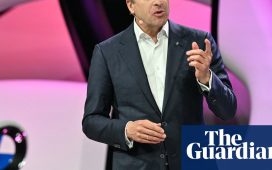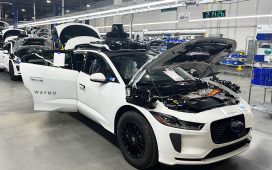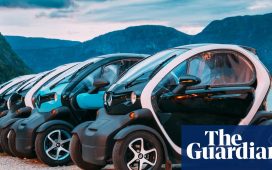Introduction
In the realm of engineering marvels, there is one concept that stands out like a beacon of innovation, promising to transform the way we think about transportation. Imagine traveling at near-supersonic speeds, cutting through the air in a pod within a vacuum tube, all while experiencing a smooth, efficient, and sustainable journey. Welcome to the world of Hyperloop technology, a visionary concept that is capturing the imagination of engineers, investors, and futurists alike.
The Hyperloop Vision
Conceived by Elon Musk in 2013, the Hyperloop is a high-speed ground transportation system that propels passengers or cargo in pods through low-pressure tubes at speeds exceeding 700 miles per hour. While the concept may sound like science fiction, it’s rapidly becoming a reality, thanks to a global community of engineers and innovators who are turning Musk’s vision into a tangible future.
Hyperloop Technology Explained
At the heart of the Hyperloop concept lies a combination of several core engineering principles. First, the use of a near-vacuum environment inside the tube minimizes air resistance, enabling the pod to glide at exceptional speeds. Second, electromagnetic propulsion systems, similar to those used in maglev trains, provide a contactless and energy-efficient means of acceleration. Finally, cutting-edge materials and design ensure safety, stability, and structural integrity.
Sustainable and Efficient
Hyperloop technology is not just about speed; it’s also about sustainability and efficiency. Unlike traditional modes of transportation, such as airplanes or cars, Hyperloop pods are designed to be energy-efficient, harnessing renewable energy sources like solar power to minimize environmental impact. Moreover, their ability to travel directly from point to point can reduce travel times and congestion, making transportation more efficient for everyone.
Global Innovation and Collaboration
While SpaceX and Tesla’s Elon Musk may have sparked the Hyperloop revolution, the concept has gained global traction. Companies like Virgin Hyperloop, Hyperloop Transportation Technologies, and others are actively developing prototypes and conducting feasibility studies. Universities and research institutions around the world are also contributing to this collective effort, pushing the boundaries of engineering and technology.
Challenges and Solutions
Of course, no engineering endeavor is without its challenges. Engineers are hard at work addressing safety concerns, developing robust propulsion systems, and perfecting the vacuum tube technology. Regulatory and logistical hurdles must also be overcome to integrate Hyperloop systems into existing transportation networks. Yet, with determination and collaboration, these challenges are being met head-on.
The Future Beckons
As we stand at the precipice of a new era in transportation, the Hyperloop’s potential is nothing short of breathtaking. Imagine a world where cities are connected in a matter of minutes, where commuting long distances becomes a breeze, and where sustainability is not sacrificed for speed. The Hyperloop is poised to revolutionize the way we travel, offering a glimpse into a future where engineering marvels know no bounds.
Conclusion
In the ever-evolving landscape of engineering, the Hyperloop stands as a testament to human ingenuity, collaboration, and the relentless pursuit of progress. It’s a reminder that even the most audacious dreams can become reality with the right mix of vision, innovation, and determination. As we look ahead to a world where Hyperloop technology becomes an integral part of our lives, we are witnessing the birth of a transportation revolution that promises to leave a lasting legacy for generations to come. Buckle up; the future is arriving at unprecedented speeds.









